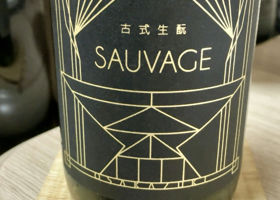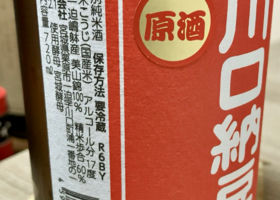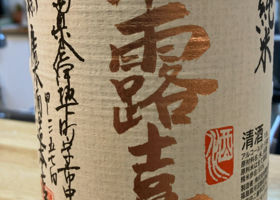

ジョナジョナ
Another version of Okuharima, an interesting sake that is R4BY and is a raw sake. It seems that it is no longer produced and may be valuable.
The aroma is slightly apple-like. The crisp and refreshing acidity spreads out, accented by an astringent taste with a matured umami flavor.
It is easy to match with food. Today's dish is saury.
For some reason, I opened this bottle just before the new moon.
Japanese>English









































